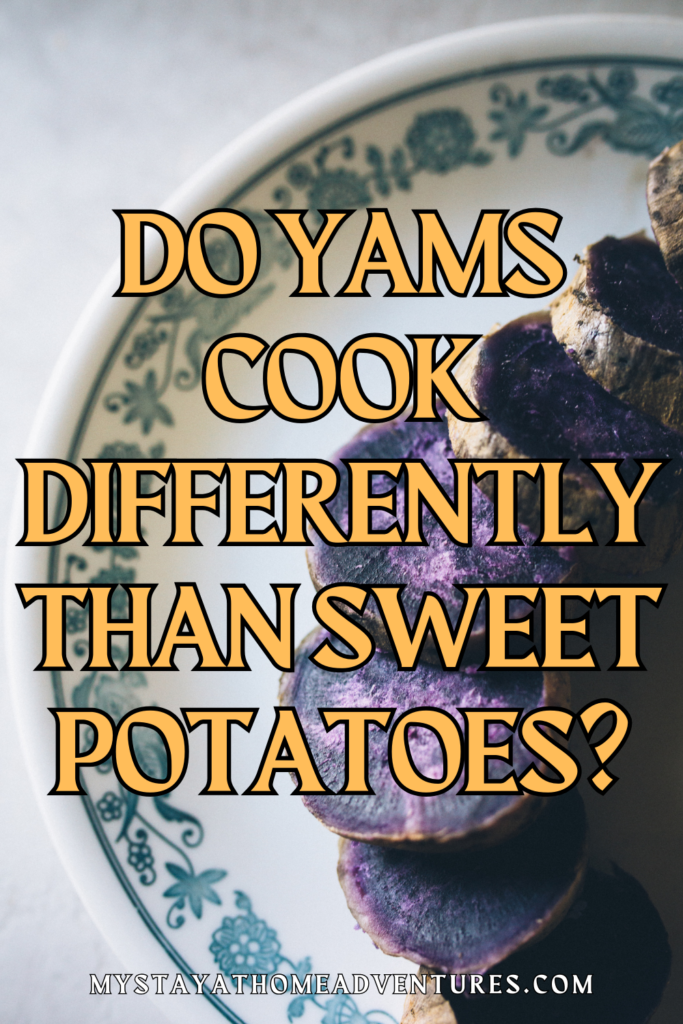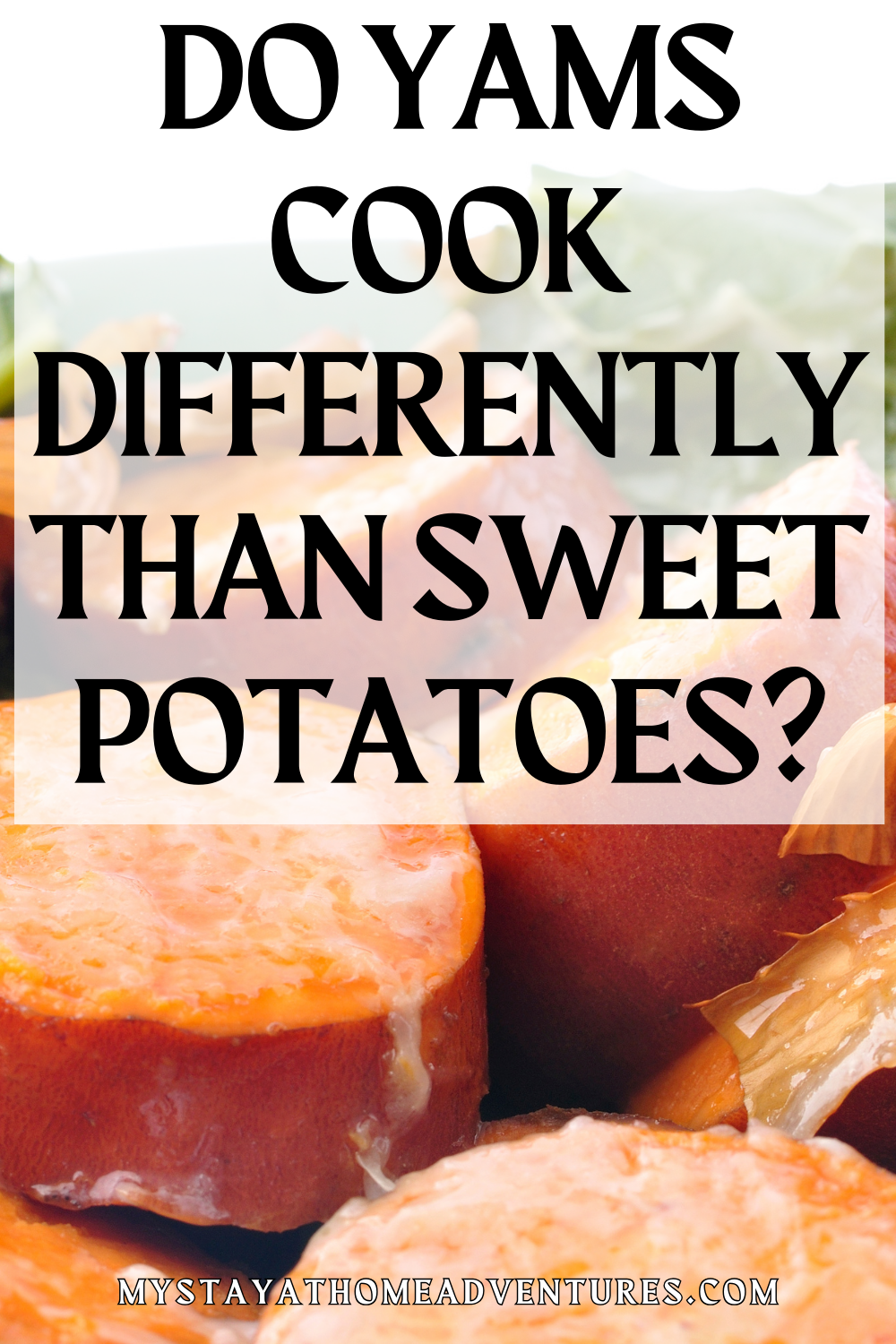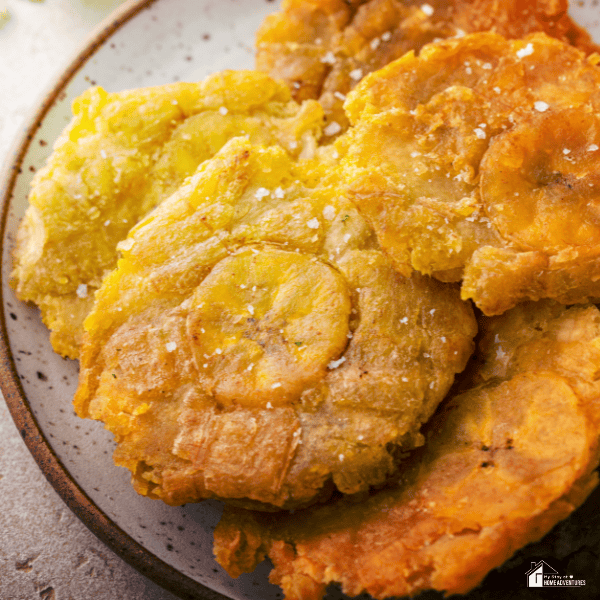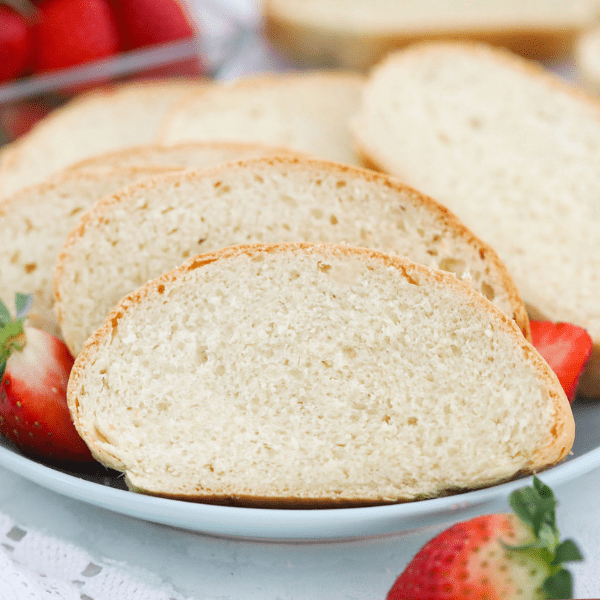Do Yams Cook Differently than Sweet Potatoes?
This post may contain affiliate links which might earn us money. Please read my Disclosure and Privacy policies hereThere are some notable differences in flavor, texture, and cooking methods when it comes to cooking yams and sweet potatoes. While they may seem similar, yams and sweet potatoes are distinct root vegetables with unique characteristics.
Below is a chart and more details about yams and sweet potatoes. Let’s take a close look.

Sure, here's a basic comparison between yams and sweet potatoes:
| Yams | Sweet Potatoes | |
| Origin | Africa and Asia | Central and South America |
| Skin Texture | Rough and scaly | Smooth |
| Taste | Less sweet, starchy | Sweeter, creamier |
| Nutritional Benefits | Rich in fiber, potassium, and vitamin C | High in beta-carotene, vitamins A and C |
| Cooking Methods | Boiling, roasting, frying | Baking, roasting, boiling |
| Color | White to purple | Orange, white, or purple |
Please note that there's often confusion between the two, especially in the United States, where ‘yam' is sometimes used to refer to certain types of sweet potatoes.
Yams have a starchy and dry texture when cooked, similar to russet potatoes. They have a less creamy consistency compared to sweet potatoes. Yams come in various varieties and originated in Africa and Asia.
Sweet potatoes have a softer texture when cooked and can be described as moist and creamy. The lighter-skinned sweet potatoes with yellow insides are softer than the darker-skinned ones with orange flesh.
In terms of taste, sweet potatoes are generally sweeter than yams. They have a natural sweetness that pairs well with savory and sweet dishes. On the other hand, yams have a mild, earthy taste and aren't as sweet as sweet potatoes.
When it comes to cooking, yams and sweet potatoes can be prepared similarly. Both can be boiled, roasted, fried, or baked. They can be used in various recipes, including mashed, and roasted, or as an ingredient in soups, stews, and casseroles. However, it's important to note that cooking times may vary depending on the size and variety of the vegetable.
It's worth mentioning that confusion often arises because the terms “yam” and “sweet potato” are sometimes used interchangeably in supermarkets. True yams are only widely available in some regions outside of Africa and Asia. In most cases, what is labeled as “yams” in grocery stores are actually a type of sweet potato.

Is it healthier to bake or boil yams?
Both baking and boiling methods have their advantages and ultimately depend on your preferences and dietary needs.
Boiling yams can be a good option if you're looking to retain most of their antioxidant power. Boiling sweet potatoes helps preserve their antioxidant content compared to roasting or steaming them. Antioxidants are crucial in protecting our cells from damage caused by free radicals.
On the other hand, baking yams can result in a slightly higher potassium content. Baked sweet potatoes contain 926 milligrams of potassium, which is a mineral that helps support heart health and nerve function.
In terms of texture and flavor, baking and boiling can yield different results. Baking yams can result in a caramelized exterior and a soft, creamy interior. The high heat of the oven helps concentrate the natural sugars, giving the yams a sweeter taste.
Boiling yams, on the other hand, may result in a softer, less sweet flesh. Some people prefer the firmer texture of baked yams, while others enjoy the smoother consistency achieved through boiling.
Which is healthier, sweet potato or yam?
Sweet potatoes and yams are often confused, but they are distinct root vegetables with different nutritional profiles. In terms of overall health, sweet potatoes are generally considered a healthier option due to their richer nutrient content.
Sweet potatoes
- Nutrient Density: Sweet potatoes are incredibly nutrient-dense. They are an excellent source of vitamin A (in the form of beta-carotene), vitamin C, potassium, and dietary fiber. Beta-carotene is an antioxidant that supports eye health and the immune system.
- Low in Calories: Sweet potatoes are relatively low in calories, making them a suitable choice for weight-conscious individuals. They can be part of a balanced diet without contributing excessive calories.
- Complex Carbohydrates: The carbohydrates in sweet potatoes are complex, providing sustained energy without causing rapid spikes in blood sugar levels. This makes them suitable for individuals with diabetes or those looking to manage their blood sugar.
- Fiber Content: Sweet potatoes are a good source of dietary fiber, which aids digestion, promotes a feeling of fullness, and supports gut health.
- Versatility: Sweet potatoes can be prepared in various ways, from roasting and baking to mashing and steaming. They are versatile ingredients that can be incorporated into a wide range of dishes.
Yams
- Lower in Nutrients: Yams are not as nutrient-dense as sweet potatoes. They provide some dietary fiber, vitamin C, and potassium, but they are not a significant source of vitamin A or other essential nutrients.
- Caloric Density: Yams are generally higher in calories compared to sweet potatoes. While this can be beneficial for individuals who need more calories, it may not be ideal for those aiming to reduce calorie intake.
- Simple Carbohydrates: Yams contain more simple carbohydrates and have a higher glycemic index than sweet potatoes. This means they can cause faster spikes in blood sugar levels, which may not be suitable for people with diabetes or those trying to manage their blood sugar.

Should I boil or bake yams?
The choice between boiling and baking yams ultimately depends on your personal preference and the desired outcome of your dish. If you prefer a softer and creamier texture, boiling is a great option. On the other hand, if you want a sweeter taste and a firmer texture, baking would be more suitable.
Boiling yams is a popular and straightforward cooking method. Boiling helps soften the yams, making them tender and easy to mash or use in various recipes. Boiling also allows the yams to retain more moisture compared to baking, resulting in a moist and creamy texture. This can be particularly desirable if you're planning to use the yams for dishes like mashed yams or soups.
Baking yams, on the other hand, offers a different culinary experience. Baking helps intensify the natural sweetness of yams and creates a caramelized exterior. The high heat of the oven helps concentrate the sugars in the yams, resulting in a slightly sweeter flavor.
Baking also gives the yams a drier texture, allowing them to become firmer and hold their shape better. This makes them ideal for dishes like roasted yam wedges or as a side dish with a crispy exterior.
Which is healthier, sweet potato or yam?
Sweet potatoes tend to provide a slightly higher nutritional profile. They are rich in vitamins A and C, which contribute to immune function and promote healthy skin, eyes, and bones. Sweet potatoes also contain more fiber and are lower in calories compared to yams. The high fiber content aids digestion, helps manage weight, and supports heart health.
Yams, on the other hand, are also nutritious and offer their own set of benefits. They are a good source of vitamins A and C as well, although in smaller quantities compared to sweet potatoes.
Yams have a higher potassium content, which is essential for maintaining proper heart and muscle function. Additionally, they contain antioxidants that combat harmful molecules in the body, supporting overall health.

Do yams taste like sweet potatoes?
Yams and sweet potatoes have some similarities in taste, but they also have distinct flavor profiles. Yams tend to have a starchier and drier texture compared to the moist and creamy texture of sweet potatoes. In terms of taste, yams are often described as milder and less sweet than sweet potatoes.
While both yams and sweet potatoes can be naturally sweet, sweet potatoes generally have a sweeter flavor due to their higher sugar content. The natural sweetness of sweet potatoes is more pronounced, especially when they are cooked or baked, and it can vary depending on the variety.
On the other hand, yams have a more subtle and earthy taste. They have a mild nutty flavor and are often used in savory dishes to add depth and substance. Yams' flavor can be enhanced when cooked with herbs, spices, or other ingredients.








